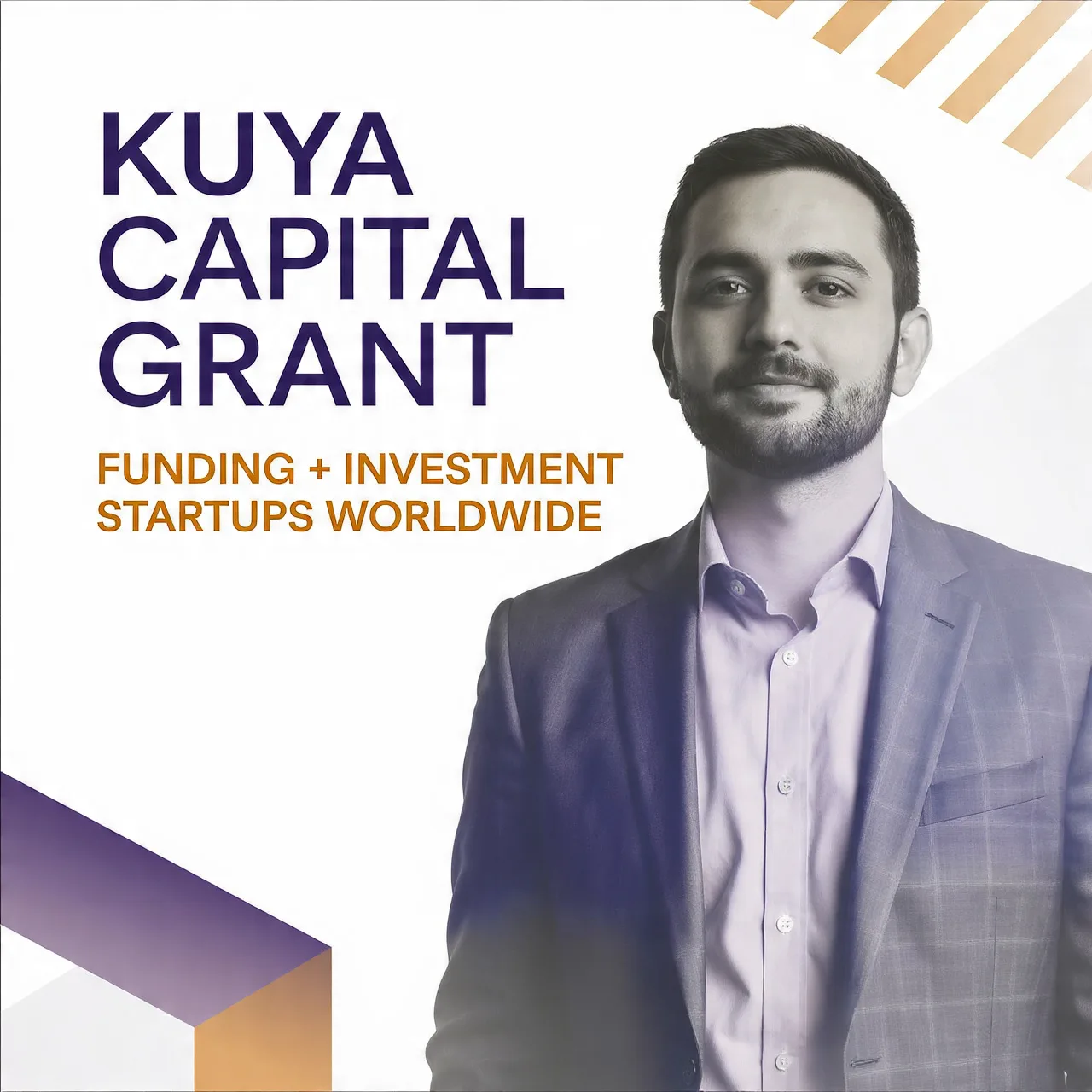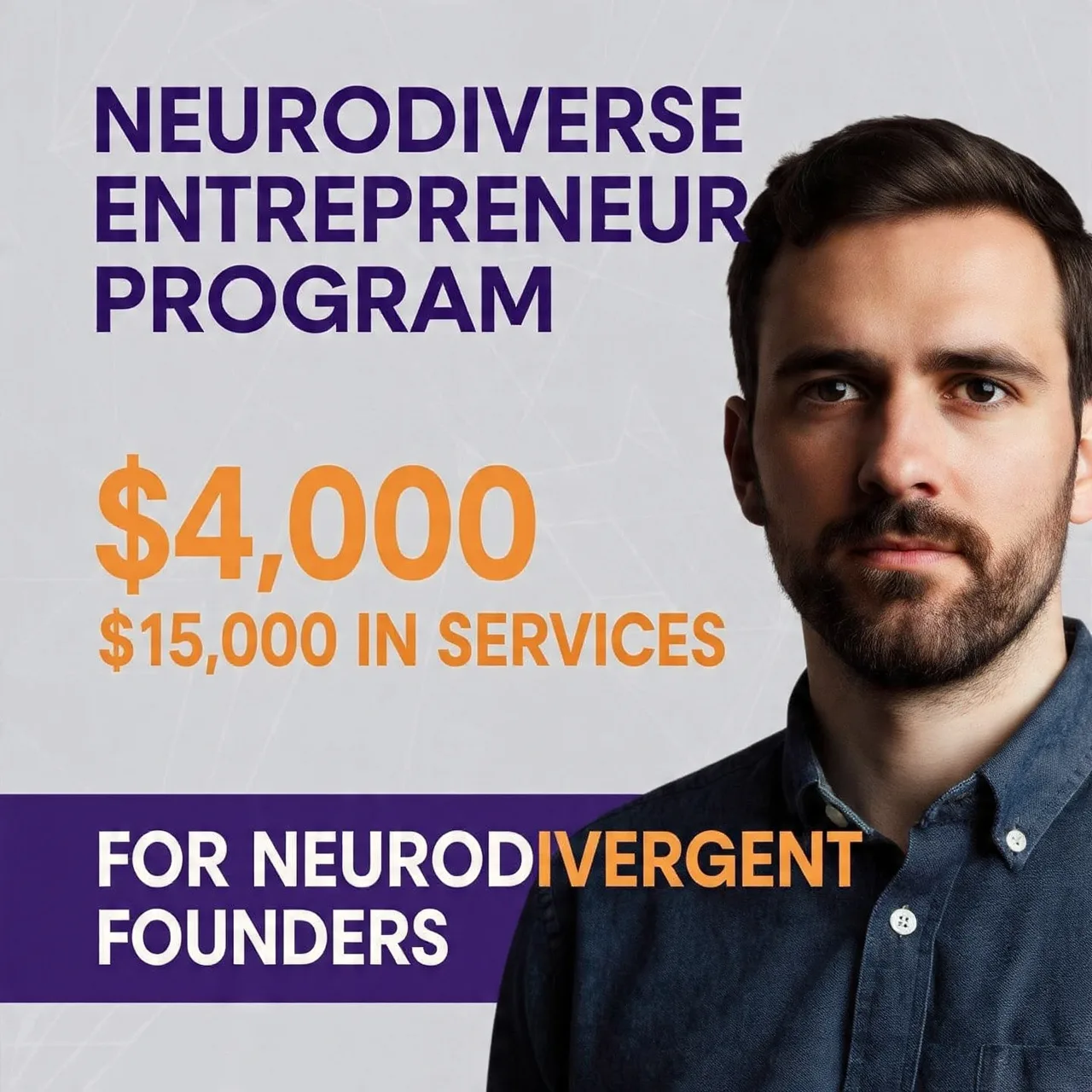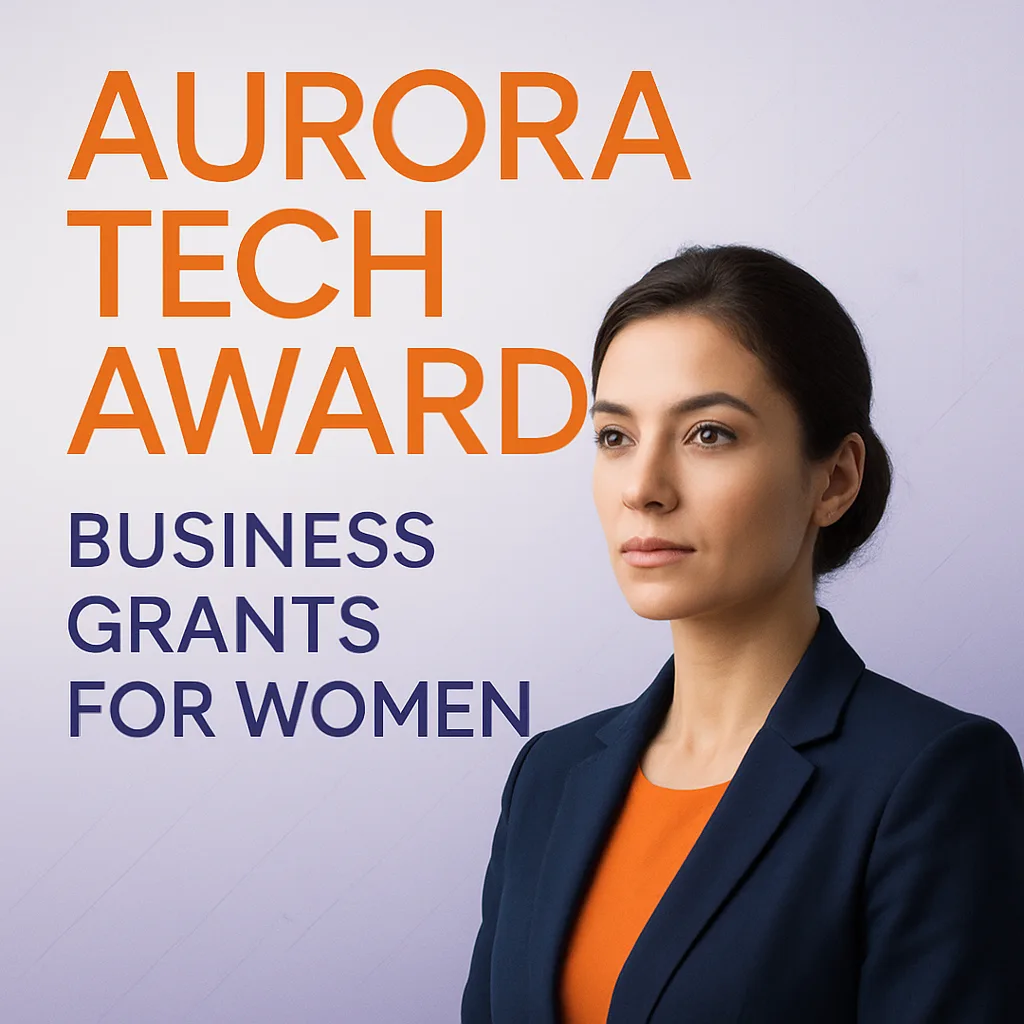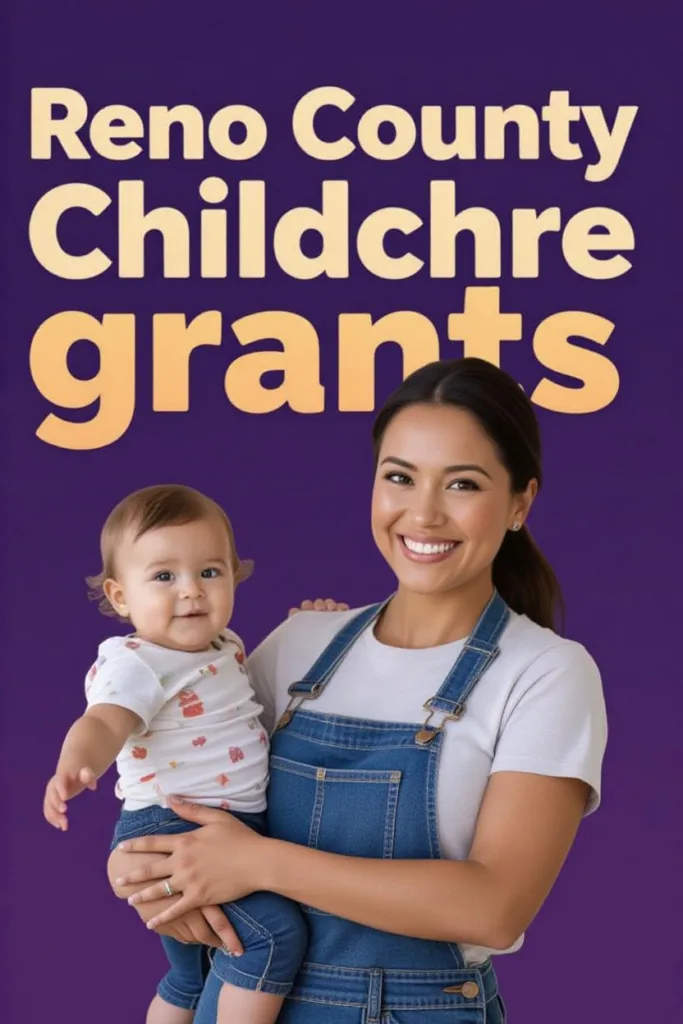
Reno County Retention Childcare Grants 2025: Quarterly Funding for Kansas Daycare Providers
Licensed Kansas childcare providers access quarterly childcare grants with flexible spending. Apply by October 31st for essential program support.
Grant Overview
How Licensed Childcare Programs in Reno County Access Flexible Grant Money Every Three Months
When most people think about childcare grants, they picture complicated federal programs with impossible requirements. But the Reno County setup works differently – it’s designed by people who actually understand what running a daycare involves. This grant has already put $1,554,650 into the hands of local providers since 2023, and the money keeps flowing every quarter with surprisingly reasonable paperwork attached.
The program runs through United Way of Reno County, which means professional oversight without the bureaucratic nightmare you might expect. Four application windows per year, reimbursement-based funding, and the kind of flexibility that lets you spend money where your program actually needs it. The catch? You need to prove you spent it responsibly, but we’ll get into what that really means.
What strikes me about this particular childcare funding opportunity is how they’ve structured it around the reality of running a childcare business rather than some theoretical ideal. Most grant makers have never tried to balance staff schedules while managing playground equipment repairs and keeping parents happy. These folks seem to get it.
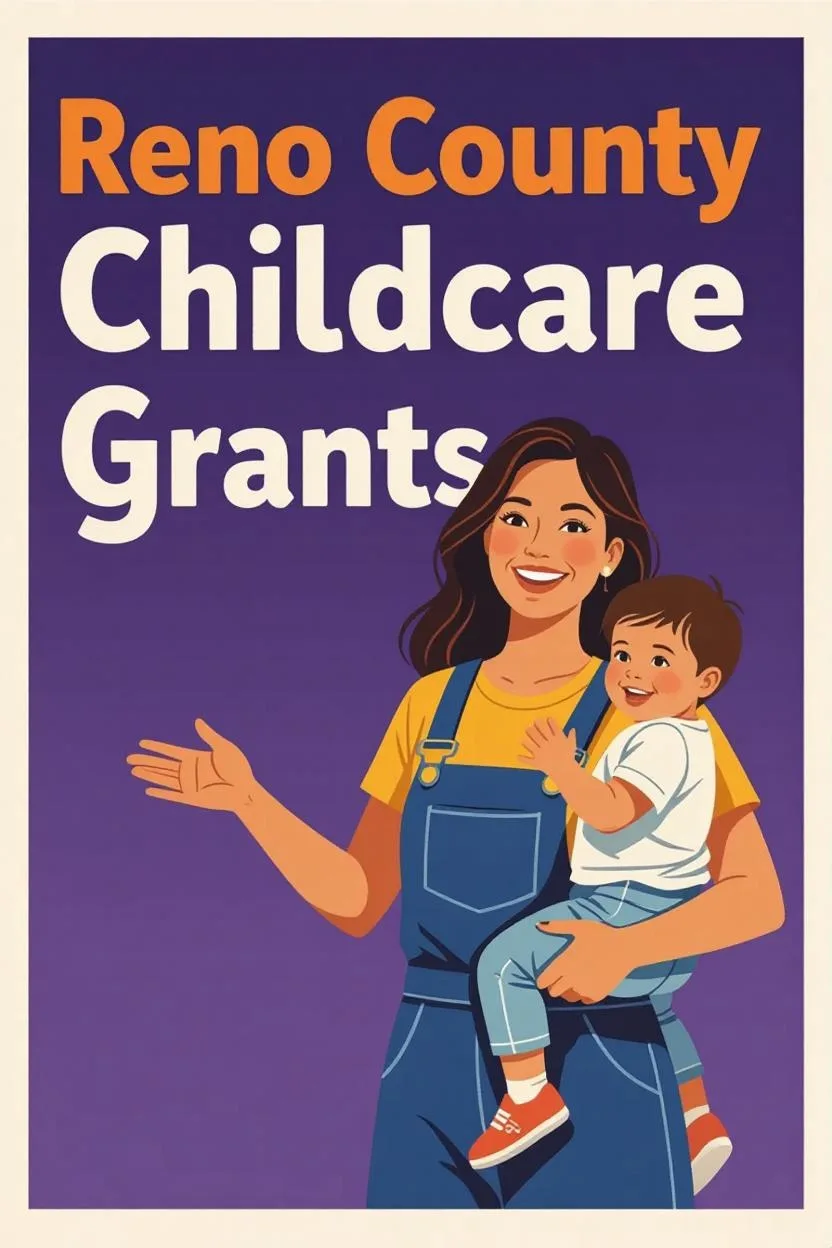
The Money Conversation Nobody Wants to Have
Let’s talk numbers because that’s probably why you’re here. While the official information doesn’t specify exact amounts, we know the total distributed figure tells a story. $1,554,650 in retention grants and infant incentives across multiple providers suggests meaningful per-provider support rather than token payments.
Female entrepreneurs running childcare businesses particularly benefit from this funding model because it addresses the cash flow challenges that disproportionately affect women-owned small businesses. The quarterly structure helps smooth out the typical enrollment fluctuations that can devastate a childcare budget.
Federal ARPA funding provides the financial backbone for this program. The American Rescue Plan included $24 billion for child care stabilization grants to providers , and Reno County’s piece of that pie has been carefully managed to maximize local impact. Kansas childcare providers have access to this funding specifically because the county recognized the crisis before it became irreversible.
Q: Is this connected to other Kansas childcare grants I might have heard about?
A: Yes, it’s part of the broader ARPA childcare stabilization funding that’s available across Kansas.
Q: What happens to providers who don’t get selected?
A: The program aims to support all eligible providers, though funding is competitive and based on demonstrated need.
Application Windows That Actually Make Sense
Here’s how the timing works, and why it matters for your planning. Applications open the month after each quarter ends. So if you’re planning major equipment purchases or dealing with staffing costs during summer enrollment dips, you can time your applications strategically.
– Q1 operations (Jan-Mar): Apply in April
– Q2 operations (Apr-Jun): Apply in July
– Q3 operations (Jul-Sep): Apply in October
– Q4 operations (Oct-Dec): Apply in January
The beauty of this system is predictability. You know exactly when funding opportunities open, and you can plan major expenses around these cycles. Smart grant research involves understanding these patterns and building them into your annual financial planning.
Most childcare grants force you to guess about timing or work around arbitrary deadlines. This program eliminates that guesswork entirely, which is probably why it’s been so successful in actually getting money to providers who need it.
What They Really Want to See in Your Application
The application requirements have been streamlined for 2025 – no more login headaches or technical complications. But don’t mistake simplified process for lowered standards. They’re still evaluating applications competitively, which means your submission needs to stand out for the right reasons.
Documentation requirements include current enrollment numbers with specific child information and contact details. This isn’t about invasive oversight – it’s about fraud prevention that protects the program’s federal funding source. Professional grant consultation often helps providers understand these compliance requirements without getting overwhelmed by administrative details.
The program specifically prohibits funding for personal expenses like vacations or non-business costs. They’re explicit about this because ARPA funding comes with federal oversight requirements that don’t allow flexibility on fund usage. Violate this rule, and you’ll be required to return the money.
Q: Can I pay myself a salary from grant funds?
A: Yes, if it’s documented as legitimate business compensation for childcare services provided.
Q: What about paying family members who work in my program?
A: Family employees are allowed if they perform genuine work functions and compensation is reasonable.
Q: Do I need separate bank accounts for grant money?
A: Not required, but detailed expense tracking is mandatory regardless of your banking setup.
The Part-Time Funding Formula That Changes Everything
Starting in 2025, part-time children (under 30 hours weekly) receive funding at 50% of the full rate. This sounds complicated, but it actually makes the system fairer for providers with different enrollment patterns.
If you operate a program that primarily serves part-time children, this adjustment means more realistic funding that matches your actual costs. Full-time care requires different staffing levels and operational expenses compared to part-time arrangements.
The rule about split slots is particularly important: if two part-time children share the same time slot, that counts as one full-time child for funding purposes. This prevents double-counting while recognizing the actual operational impact on your program.
Comprehensive grant databases like Grantaura track these kinds of program changes because they significantly impact funding calculations and application strategies. Missing these details can mean leaving money on the table or submitting incorrect funding requests.
Documentation That Protects Your Funding Access
Let’s be practical about record-keeping because this is where many providers stumble. You need to maintain expense documentation for five years – not because they’re planning to audit everyone, but because federal law requires proof that grant money was spent appropriately.
Annual budget submissions are required at least once per year during your quarterly applications. This doesn’t mean hiring an accountant or creating complex financial projections. It means documenting how grant funds fit into your overall operational budget and demonstrating responsible financial management.
Random audits may include parent contact to verify enrollment. This sounds intimidating, but if you’re running a legitimate program with accurate records, audits become routine compliance rather than threatening investigations.
Q: What if parents don’t want to be contacted during audits?
A: Audit cooperation is typically required as part of enrollment agreements, but providers should communicate this possibility upfront.
Q: How detailed do expense reports need to be?
A: Detailed enough to clearly connect expenses to childcare operations. Generic receipts without clear business purpose won’t suffice.
Federal Funding Reality Check
Here’s something most providers don’t fully understand: this program operates on borrowed time. ARPA provided $39 billion in emergency funding to stabilize the existing child care sector , but emergency funding is temporary by definition. Reno County’s program ends in 2026 when federal dollars run out.
The Task Force has been transparent about this timeline, which is refreshing compared to other funding programs that promise sustainability without addressing funding sources. They’re actively working on post-2026 solutions, but providers need to plan for financial transitions rather than assuming permanent support.
National grant opportunities may provide alternative funding sources as ARPA programs wind down, but the transition requires advance planning rather than last-minute scrambling.
This funding limitation doesn’t diminish the program’s current value – two years of quarterly support can stabilize a childcare operation and provide breathing room for long-term planning. But treating it as permanent income rather than temporary support sets providers up for future financial crisis.
Who Actually Qualifies and Why It Matters
Eligibility seems straightforward but contains important nuances that affect your application success. You need an active permanent KDHE license, six months of operational history, and location within Reno County boundaries. The program excludes temporary licenses and closed facilities, which reflects the focus on supporting established, stable providers.
Center-based providers, group home operations, and family childcare providers all qualify, but drop-in care services are specifically excluded. This targets funding toward programs that provide consistent, reliable childcare rather than occasional services.
The requirement for “all day, all year” operation eliminates seasonal programs or school-year-only services. This makes sense given the program’s goal of stabilizing the childcare infrastructure that working families depend on consistently.
Q: What if I just moved to Reno County?
A: You need six months of operational history in the county before becoming eligible.
Q: Can I apply if I’m planning to expand to Reno County?
A: No, you must be currently operating within county boundaries with proper licensing.
Q: Do home-based providers compete against larger centers?
A: Applications are evaluated based on program needs and compliance rather than provider size.
Federal Reporting Requirements You Can’t Ignore
Children funded through other federal programs (except DCF) must be reported separately and are no longer eligible for retention grants. This prevents double-dipping between federal funding streams and ensures equitable distribution across providers.
This change affects providers who receive federal funding for specific enrollment slots. Understanding grant compliance helps providers navigate these complex federal requirements without accidentally violating program rules.
Universal Pre-K slots fully funded by federal sources fall into this category, as do other federally subsidized positions where parents pay no fees. The separation ensures that retention grants support providers who aren’t receiving comprehensive federal support through other channels.
The reporting requirements have increased, but they’re designed to protect the program’s continued existence rather than create unnecessary administrative burden. Federal oversight of ARPA funds is intensive, and local programs that don’t maintain proper documentation lose access to funding entirely.
Smart Strategy for Application Success
Competitive doesn’t mean cutthroat – it means demonstrating genuine need and responsible fund management. The most successful applications connect specific funding requests to measurable program improvements rather than generic operational support.
Document your current challenges clearly: staffing shortages, equipment needs, facility improvements, or program expansion opportunities. Then explain how grant funding addresses these specific issues rather than just providing general financial relief.
Think about sustainability beyond the grant period. Programs that show how grant funding helps them build long-term stability tend to receive more favorable consideration than those treating grants as short-term financial fixes.
Professional grant research services can help identify complementary funding opportunities that work alongside retention grants to create comprehensive financial support for your childcare operation.
The evaluation process considers your track record with previous grants if you’ve received them. Providers who demonstrate responsible fund usage and accurate reporting build credibility that helps with future applications.
Truthfully, managing grant applications while running a childcare facility feels impossible some days. Between licensing requirements, parent communications, staff management, and now federal compliance documentation, it’s a lot. If you’re serious about maximizing your funding success and need someone who understands both childcare operations and grant requirements, that’s the exact expertise we provide at Grantaura. Professional grant support can mean the difference between funding approval and another rejected application. CLICK HERE to get the GRANT PROPOSAL WRITING help.
Donor: United Way of Reno County, Reno County Childcare Task Force
Focus: childcare grants, ARPA funding, retention grants, Reno County Kansas, daycare grants, early childhood funding, quarterly grants, childcare providers
Region: Reno County, Kansas, United States
Eligibility:
– Licensed childcare providers operating in Reno County, Kansas
– Active permanent KDHE license required (no temporary licenses)
– Minimum 6 months operational history in current location
– Center-based, group home, or family childcare providers
– All day, all year programs (excludes drop-in care)
– Must adhere to state and local health and safety requirements
– Cannot currently be closed or temporarily suspended
Benefits:
– Financial Award: Quarterly reimbursement grants based on enrollment and documented needs
– Flexible Spending: Staff wages, supplies, equipment, facility improvements, program enhancements
– Quarterly Opportunities: Four application cycles annually with predictable timing
– No Application Fees: Simplified application process with no login requirements for 2025
– Technical Support: United Way provides application assistance and guidance
Deadline: October 31, 2025
Terms:
– ARPA Funding: American Rescue Plan Act federal money providing temporary childcare sector stabilization through 2026
– Retention Grant: Competitive funding designed to help childcare providers maintain operations and improve programs
– Quarterly Cycle: Three-month operational periods with applications accepted the month following each quarter
– Part-time Rate: Children attending under 30 hours weekly funded at 50% of full rate
– Fiscal Agent: Organization responsible for grant administration and federal compliance oversight
– Random Audit: Compliance verification including potential parent contact to confirm enrollment
– Five-Year Retention: Federal requirement to maintain all expense documentation and receipts
Author: Imran Ahmad knows firsthand how childcare providers juggle impossible demands while trying to access funding that could make or break their operations. As founder of Grantaura, Imran has guided childcare entrepreneurs through the maze of grant applications, federal compliance requirements, and sustainability planning that defines modern early childhood education funding. The childcare crisis affects entire communities, and Imran created Grantaura specifically to help providers navigate these complex funding landscapes without sacrificing time they should be spending with children and families.
Who Can Apply?
How to apply for this grant?
We are your trusted grant application partners. You can navigate the entire grant application process with our expert guidance through this simple 5-step process.
Step 1: Application Form
Fill out the "Apply for this grant" form with your information and grant requirements.
Step 2: Eligibility Assessment
Our grant experts will assess your eligibility and notify you via email.
Step 3: Expert Consultation
A dedicated grant expert will be assigned to discuss next steps for your application.
Step 4: Application Submission
Our expert will help you complete and submit your application with all required materials.
Step 5: Final Decision
The grant committee will make their decision and notify successful applicants.





